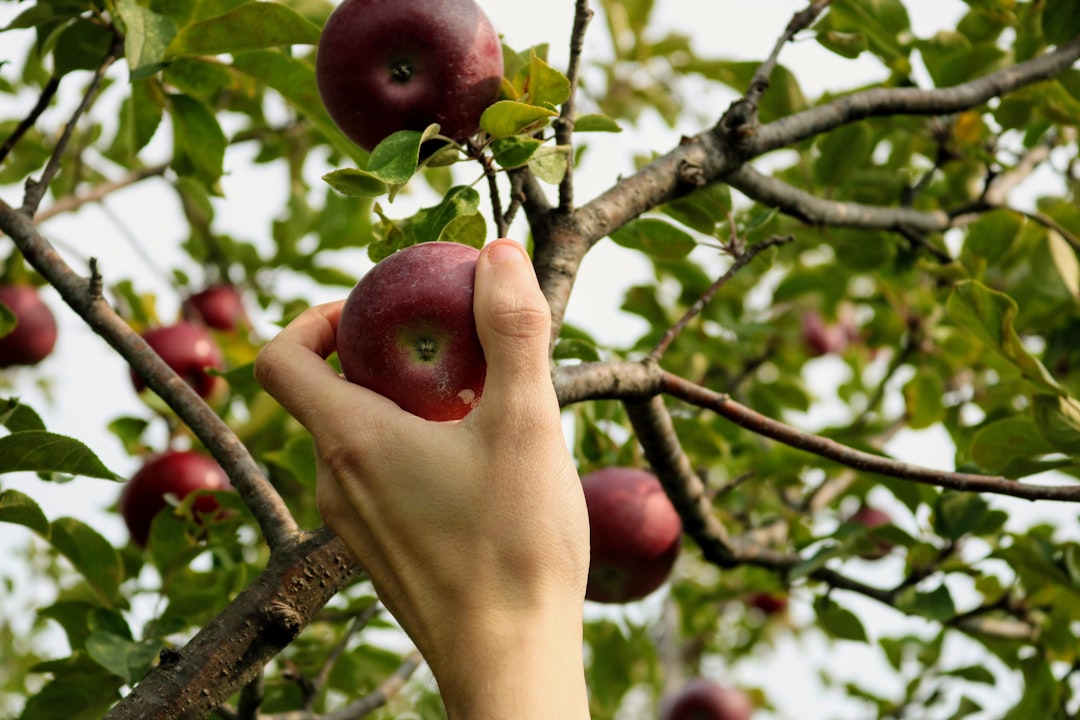When starting an orchard or adding a new fruit tree to your garden, one of the first decisions you'll face is choosing between bare-root and container-grown trees. Each option has advantages and disadvantages, depending on your climate, soil conditions, budget, and planting timeline. In this guide, we'll break down the differences and help you decide which type is best for your needs.
What Are Bare-Root Fruit Trees?
Bare-root trees are dormant trees sold without soil around their roots. They are typically available from late fall to early spring and must be planted before they break dormancy.
Pros of Bare-Root Trees:
✅ More Affordable – Bare-root trees are often cheaper than container-grown trees because they are lighter to ship and don’t require potting materials.
✅ Stronger Root Systems – Without being confined to a pot, roots develop more naturally once planted, leading to better establishment.
✅ Easier to Transport & Plant – Their lightweight nature makes handling and planting more convenient.
✅ More Variety Available – Nurseries and online suppliers offer a wider selection of bare-root trees, including rare and heirloom varieties.
Cons of Bare-Root Trees:
❌ Limited Planting Window – Must be planted while dormant (late fall to early spring), or they may not survive.
❌ Requires Immediate Planting – Cannot be stored for long periods; roots dry out quickly.
❌ May Take Longer to Establish – While root systems are stronger long-term, they take more time to settle in and start growing compared to container-grown trees.
What Are Container-Grown Fruit Trees?
Container-grown trees are sold in pots with soil and an established root system. They are available year-round and can be planted at almost any time.
Pros of Container-Grown Trees:
✅ More Flexible Planting Time – Can be planted any time of year (though spring and fall are still best).
✅ Easier to Establish – The tree has an intact root system, so it can begin growing faster after planting.
✅ More Resilient – Less risk of transplant shock compared to bare-root trees.
Cons of Container-Grown Trees:
❌ More Expensive – The cost of soil, pots, and extended nursery care makes these trees pricier than bare-root options.
❌ Potential for Root Circling – If left in a pot too long, roots can become tangled or "pot-bound," which may stunt growth.
❌ Heavier & Harder to Transport – The added weight of soil and containers makes them bulkier and more difficult to handle.
Which One Should You Choose?
Choose Bare-Root Trees If:
✔ You are planting in early spring or fall and can plant immediately.
✔ You want a wider selection of varieties.
✔ You prefer a more cost-effective option.
✔ You are planting multiple trees and want strong root development.
Choose Container-Grown Trees If:
✔ You are planting outside the bare-root season.
✔ You want faster establishment with less risk of transplant shock.
✔ You are only planting one or two trees and don’t mind the extra cost.
✔ You need flexibility in planting time.
Final Thoughts
Both bare-root and container-grown fruit trees can lead to a thriving orchard, but choosing the right type depends on your planting schedule, budget, and long-term goals. If you’re looking for affordability and strong root development, go for bare-root trees. If convenience and year-round planting flexibility matter more, container-grown trees are the way to go.
Whichever option you choose, proper planting and care will ensure your fruit trees grow strong and productive for years to come.

Comments
No comments yet. Be the first to comment!
You must be logged in to comment. Login